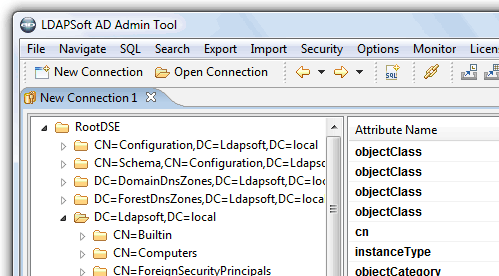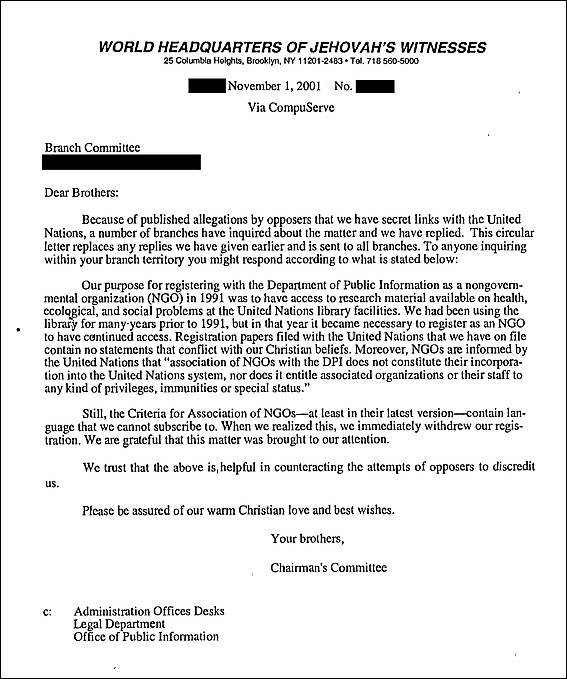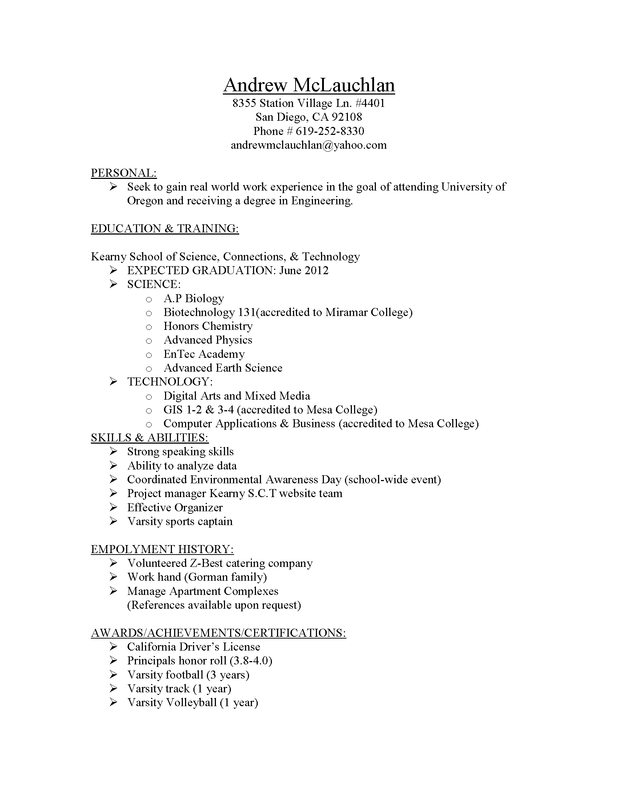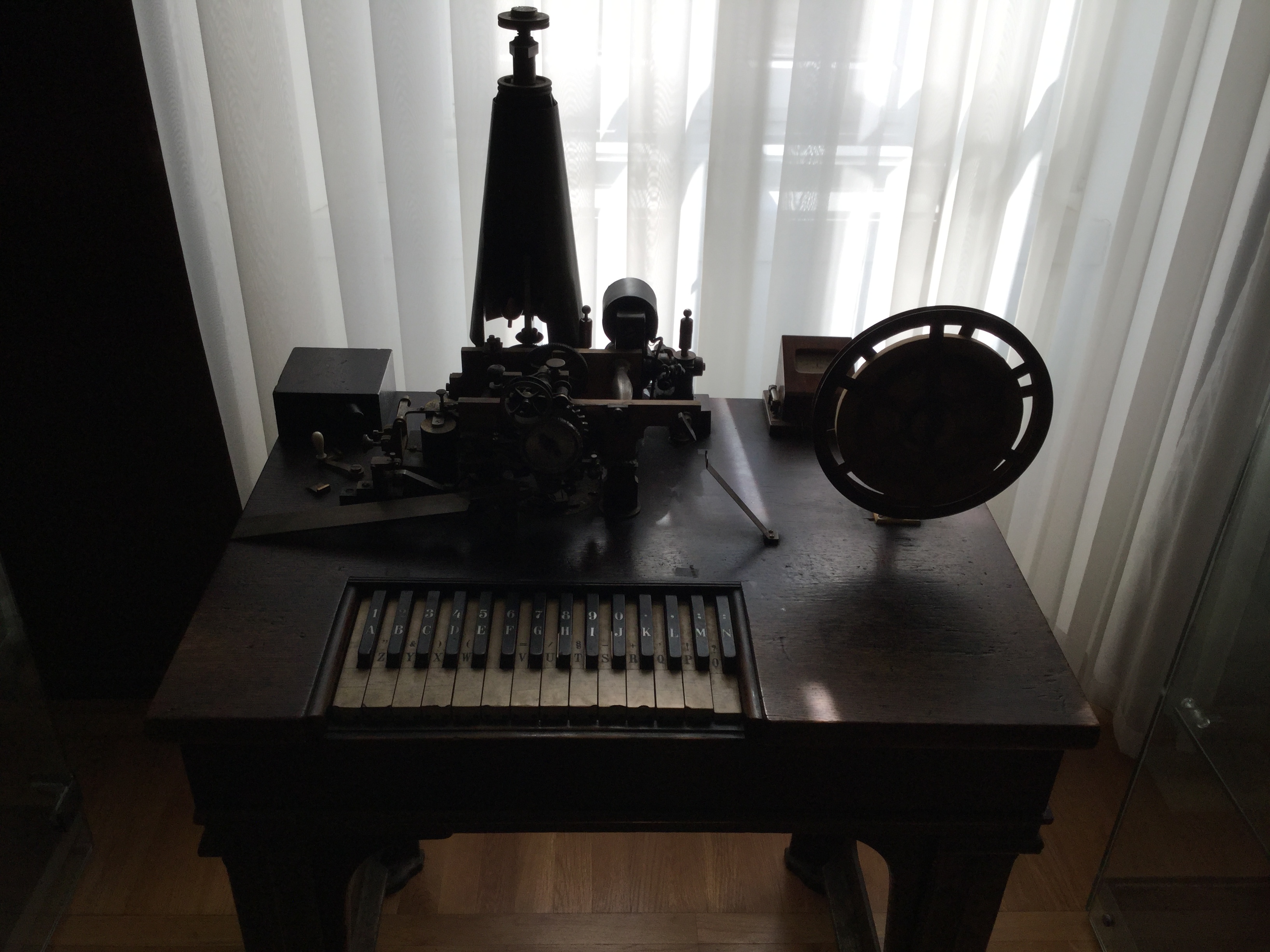House training your puppy: DOs and DON’Ts.
Stay Active A dog that is not properly exercised is a dog that will get into trouble! When a dog is bored, he will create his own fun, and that is usually not a good thing. Take you dog on a walk each day. Grab a Frisbee or a ball and go play in the backyard for a half hour.
Do not try to train your dog when he is in the excited mood. The first thing to start with the training is to make your dog sit and get its attention towards you. Do not provide any reward to the dog before the training. Once the dog is seated in front of you, just say the word “stay”.

When you bring a new dog home, one of the first things you will need to do is to toilet train, or house train them. Young puppies will need house-training from scratch, but even if your new older dog is fully toilet trained, it is often worth refreshing their memory. Any dog will need time to get used to a new environment and routine, especially if they have spent a period of time in kennels.

Stick to a feeding schedule. Your puppy’s toilet routine will usually follow his feeding schedule, so you can use feeding as a way to regulate your pup. Stick to a toilet schedule. The amount of time you need to completely house train your puppy can vary, but it’s important to stick to the same schedule for the duration of training.

House-training your dog or puppy requires patience, commitment and lots of consistency. Accidents are part of the process, but if you follow these basic house-training guidelines, you can get the newest member of your family on the right track in a few weeks’ time.

Some dogs may urinate and defecate in the house, or urinate in the house only and defecate outside, while others will defecate in the house but not urinate. Usually, but not always, a dog will sneak away to go to the toilet rather than go in front of humans.

Dogs eat rice, bread, fish, meat and other eatables.The dog is an omnivores animal. They are intelligent and faithful to their master. They can take good training .Intelligent dogs are trained and used by the police or army to smell the traces of criminals and also in investigation work, either indoor or outdoor.

Crate Training Dogs and Puppies: Here are the basics of training your dog or puppy to accept and even enjoy the crate.Not only will it help with housebreaking, but it will also give your dog a place of his own. How to House Train your Dog: When it comes down to it, house training is not that complicated, but this doesn't mean it's easy.Consistency and diligence are key during the housebreaking.

Training a puppy or dog to use a papered area in your home is accomplished in much the same way as training her to go outside. Confine your puppy or dog for a period of time, and then take her on a leash to the paper or pads. Wait until she goes. Praise and reward her with treats for going in the right place.

When you start to house train, follow these steps: Keep the puppy on a regular feeding schedule and take away his food between meals. Take puppy out to eliminate first thing in the morning and then once every 30 minutes to an hour. Take puppy to the same spot each time to do his business. His.

How to house train a dog so he doesn’t pee or poop in the house? By following the steps below, in a very short period of time, you’ll have your best friend relieving himself outside all the time. You just have to have some patience and dedicate the time that your beloved pet deserves.

Descriptive Essay on My Pet. My pet is a dog named Tipsy. Tipsy is an adorable brown dog that has a few black spots spread across his body and tail. Tipsy is a kelpie crossed with a border collie, and he has fluffy velvety ears. Even though Tipsy has a very strong body frame, he has a very gentle face and is always a friendly dog to those whom.

Potty training your puppy is one of the first and most important steps a dog owner can take to prepare for a happy, healthy co-existence with their pets.



